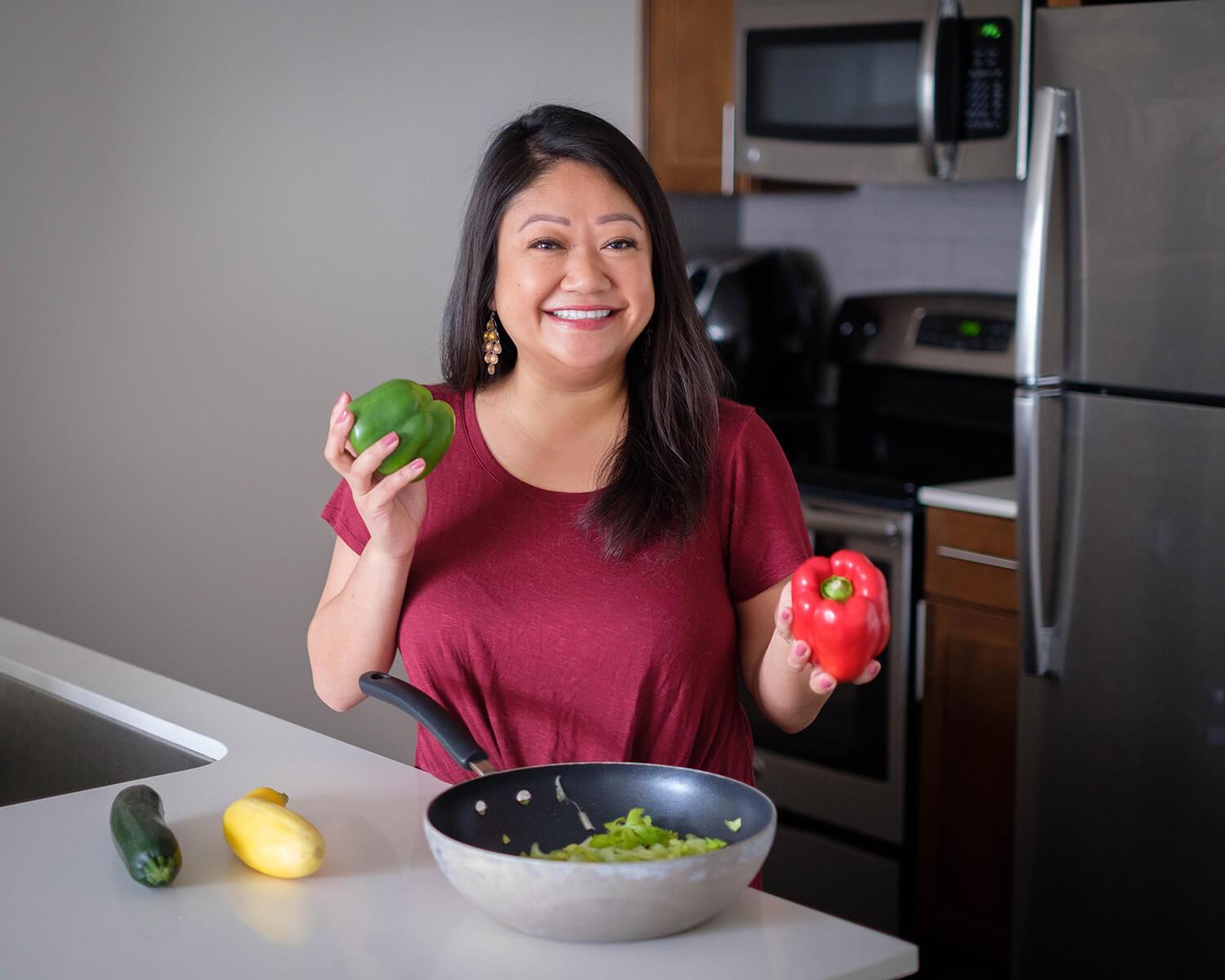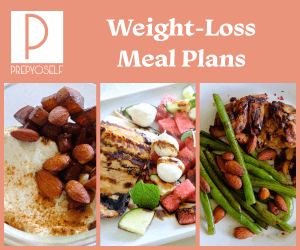
Fats are a vital energy source for the human body that helps give our body energy and support cell growth. Fat also protects our organs and keeps our bodies warm. They help us absorb minerals and vitamins, build cell membranes, support nerve health, aid muscle movement, make blood clotting possible, and contribute to the process of inflammation to protect the body from contaminants.
Eating foods with fat can be part of a healthy diet, however, it is important to learn which foods to choose that provide good fats and balance the right amount of calories with all the foods you eat and calories you burn.
What are the main differences between saturated and unsaturated fats?
Saturated fats are fat molecules that are tightly packed with no double bonds between the carbon molecules. Their chemical structures contain many hydrogen atoms, hence they are “saturated” with hydrogen. Unsaturated fats contain less double bonds and fewer hydrogen atoms.
What foods have saturated fats?
Saturated fats tend to be solid at room temperature and naturally occur in many foods. The majority come from animal sources including meat and dairy products, and some plant oils.
Examples include:
- Fatty beef, pork, poultry with skin
- lard and cream, butter, cheese, and other dairy products made from whole or reduced-fat milk.
- Baked goods (pastries, pizza dough, cookies) and fried foods can also have saturated fat
- There are some plant-based oils such as palm oil, palm kernel oil, and coconut oil that include saturated fats.
What foods have unsaturated fats?
Unsaturated fats are liquid at room temperature and are considered healthy fats. They contain one or more double bonds. There are two types of unsaturated fats: monounsaturated and polyunsaturated. Monounsaturated fats contain only one double bond in their chemical structure while polyunsaturated fats contain two or more double bonds in their chemical structure.
Examples include:
- Nuts such as almonds
- Plant oils such as canola or vegetable oil
- Avocados
- Olives, olive oil
- Certain fish such as salmon and tuna, which contain omega-3 unsaturated fatty acids
What are the health risks/benefits of each fat?
Both fats can have different effects on cholesterol levels in our body. Saturated fats tend to raise levels of LDL cholesterol in your blood which increases the risk of heart disease and stroke. When eaten in moderation, monounsaturated fats and polyunsaturated fats can improve blood cholesterol when used in place of saturated fats as part of a healthy diet. Unsaturated fats help lower a person’s level of LDL, reduce inflammation, and can contribute to building stronger cell membranes in the body.
Fats are a vital energy source for the human body that helps give our body energy and support cell growth. However, a diet with too much of either fat can increase body weight along which could also increase the risk of cardiovascular disease. In terms of calories, both saturated and unsaturated fats contribute nine calories to every gram of fat. They are more energy-dense than carbohydrates and proteins, therefore, consuming high amounts can lead to weight gain or being overweight.
What are ways to incorporate healthy fat?
For the most part, try choosing foods that provide monounsaturated and polyunsaturated fats. When possible, swap out saturated and trans fat for unsaturated fats. However, there are situations when you can’t avoid saturated fats completely since many foods have a combination of both.
Other ways you can lower your intake of saturated fats is by:
- Maintaining a diet with a variety of fo fruits, vegetables, whole grains, lean dairy products, poultry, fish, and nuts
- Minimize processed foods and fried foods made with unhydrogenated oil
It’s all about practicing intentional choices and balancing the number of calories from all the foods consumed with the number of calories you burn daily. Aim for a diet that emphasizes on including a wide variety of nutrient-dense foods can also help ensure a healthy intake of fat.
Here are some recipes with healthy fats:


